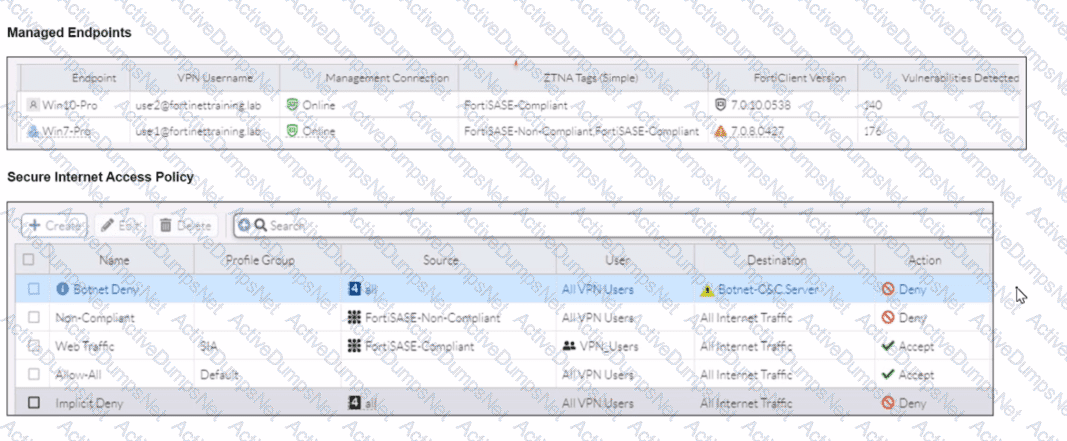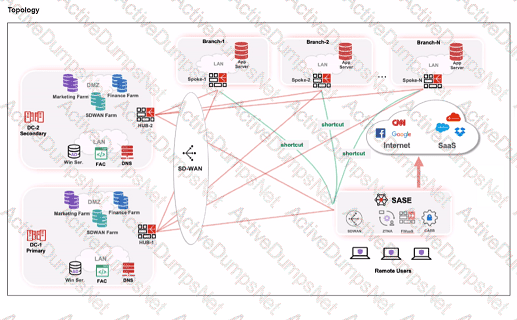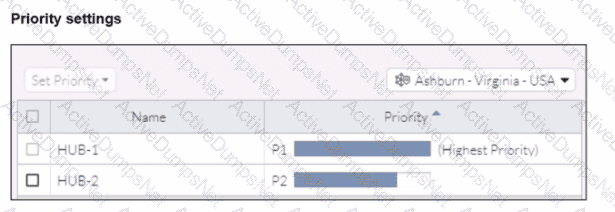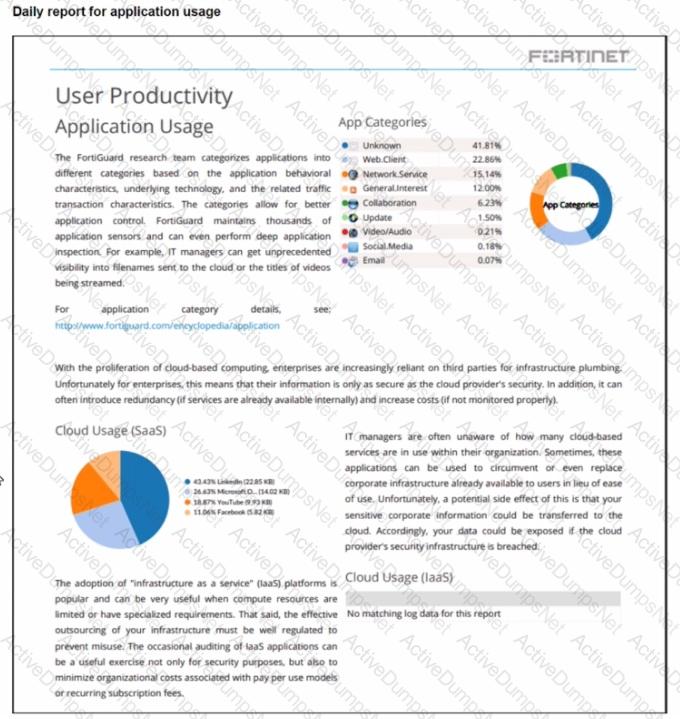Fortinet FCSS_SASE_AD-24 FCSS - FortiSASE 24 Administrator Exam Practice Test
FCSS - FortiSASE 24 Administrator Questions and Answers
Which two additional components does FortiSASE use for application control to act as an inline-CASB? (Choose two.)
In which three ways does FortiSASE help organizations ensure secure access for remote workers? (Choose three.)
Refer to the exhibits.

WiMO-Pro and Win7-Pro are endpoints from the same remote location. WiMO-Pro can access the internet though FortiSASE, while Wm7-Pro can no longer access the internet
Given the exhibits, which reason explains the outage on Wm7-Pro?
A FortiSASE administrator is configuring a Secure Private Access (SPA) solution to share endpoint information with a corporate FortiGate.
Which three configuration actions will achieve this solution? (Choose three.)
Which FortiSASE feature ensures least-privileged user access to all applications?
Your organization is currently using FortiSASE for its cybersecurity. They have recently hired a contractor who will work from the HQ office and who needs temporary internet access in order to set up a web-based point of sale (POS) system.
What is the recommended way to provide internet access to the contractor?
When you configure FortiSASE Secure Private Access (SPA) with SD-WAN integration, you must establish a routing adjacency between FortiSASE and the FortiGate SD-WAN hub. Which routing protocol must you use?
A customer needs to implement device posture checks for their remote endpoints while accessing the protected server. They also want the TCP traffic between the remote endpoints and the protected servers to be processed by FortiGate.
In this scenario, which three setups will achieve the above requirements? (Choose three.)
Refer to the exhibits.


When remote users connected to FortiSASE require access to internal resources on Branch-2. how will traffic be routed?
Refer to the exhibit.

The daily report for application usage shows an unusually high number of unknown applications by category.
What are two possible explanations for this? (Choose two.)
Which of the following describes the FortiSASE inline-CASB component?
Which secure internet access (SIA) use case minimizes individual workstation or device setup, because you do not need to install FortiClient on endpoints or configure explicit web proxy settings on web browser-based end points?
What are two requirements to enable the MSSP feature on FortiSASE? (Choose two.)
